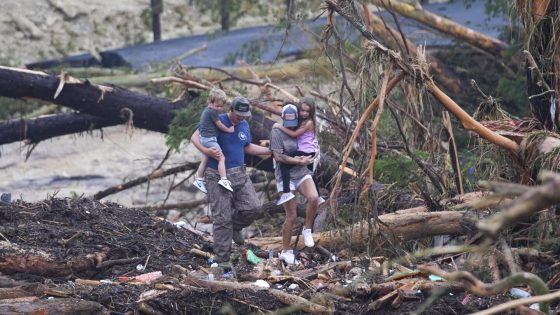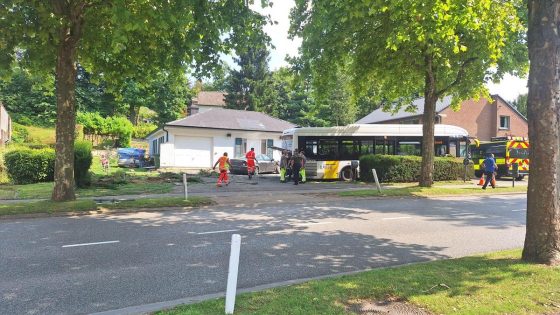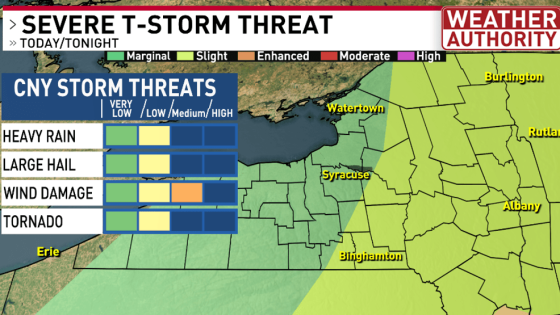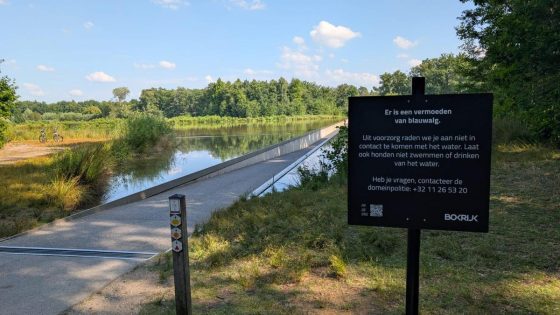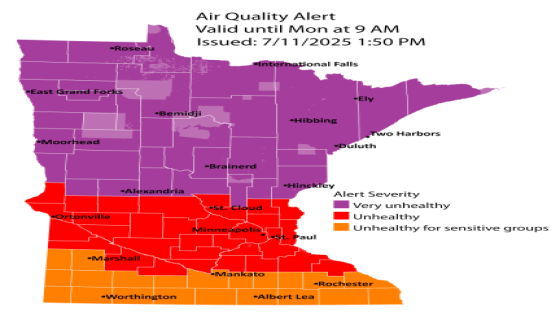Flash floods in Texas have tragically claimed lives and caused widespread damage, highlighting the dangers of extreme weather events. On July 6, 2025, central Texas experienced over 12 inches of rain, leading to rapid flooding in the Texas Hill Country.
- Central Texas experienced fatal flash floods.
- Over 12 inches of rain fell rapidly.
- Climate change increases storm moisture levels.
- Drought conditions worsened flooding effects.
- Tropical Storm Barry contributed to moisture.
- Severe storms may become less frequent.
This storm, fueled by an unusually moist atmosphere, caught many residents off guard during the night. Meteorologists attribute the severity of such storms to climate change, which allows the atmosphere to hold more moisture, resulting in intense rainfall.
The devastating impact of this storm raises critical questions about preparedness and climate resilience. How can communities better prepare for such extreme weather? What measures can be taken to mitigate future risks? Consider these points:
- Flash floods can occur with little warning, especially during nighttime.
- Climate change is increasing the frequency and intensity of extreme weather events.
- Preparedness and early warning systems are crucial for saving lives.
- Community awareness and education can help reduce risks.
As we face more unpredictable weather patterns, it’s essential for communities to invest in infrastructure and education to mitigate the impacts of future storms. Are we ready to adapt to this new reality?



